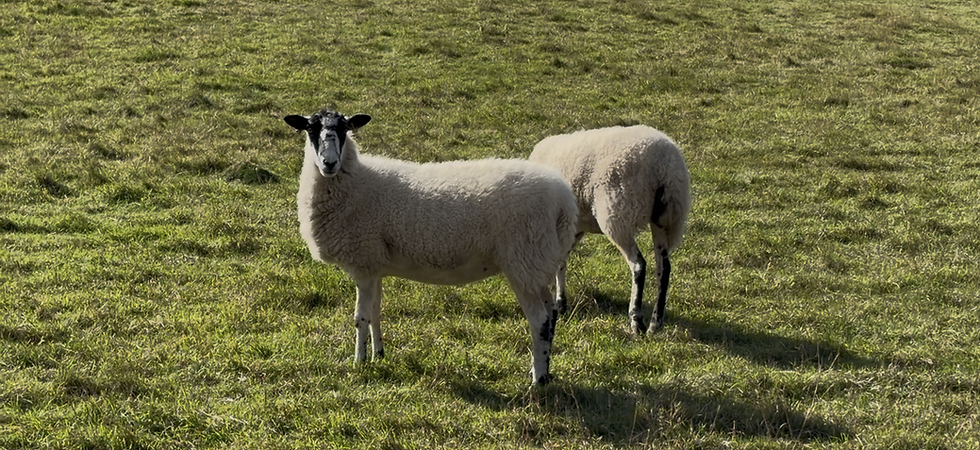MES-SEAL-IER OBJECTS
- kradiganscience24
- Jan 24
- 3 min read
Tavishi
I don't usually write astronomy posts. My specialty is biology, and I don't know too much about astronomy. But I do know a little bit about certain areas. I can't tell you what stars will be visible tonight, but I can tell you what Wien's Displacement Law is.

From a very good friend, however, I've picked up knowledge about several of the Messier Objects. From my own endeavors, I've absorbed all the pinniped information that I possibly can. (Seal sponge.) Why not combine the two and compare my favorite Messier objects to pinniped species?

First off, the crab nebula, or M1 (Messier object 1). A bit of context for those who are newbies to astronomy- a nebula is a dense cloud of gas and dust formed from supernovae, red giant stars, and dense regions of dust found in certain parts of the universe. Nebulas are glorified, epic dust bunnies that also, sometimes, help make stars.
The crab nebula was created from the remnants of a supernova (star go boom), and at the very center of the crab nebula is a pulsar. A pulsar is a neutron star (core from the supergiant that previously was the star that went boom in supernova) that is spinning very, very fast and shooting out electromagnetic from its poles.
If the crab nebula was a pinniped, it would be a Baikal seal, just because the rotations of the pulsar makes me think of a video of a spinning Baikal seal I saw once.

Next, the Andromeda Galaxy, or M31. The Andromeda Galaxy is a barred spiral galaxy (just like the Milky Way) and the nearest non-us galaxy. There are three broad shapes of galaxies- spiral, elliptical, and irregular. Interesting fact that is probably pretty well known, but the Andromeda galaxy is going to collide with the Milky Way very, very soon (a few billion years.)
The Andromeda galaxy is basic, but a classic Messier object, and for that reason, it is a California sea lion.

Back to stupid looking things- the Dumbbell nebula, or M27. I love this thing. It's such a creature while also simultaneously being an entire freaking nebula. The Dumbbell nebula surrounds a white dwarf, which is the remnant from a tiny dead star. White dwarves don't do nuclear fusion- they're no longer functioning. They're just bright little dead things. If anyone here has watched Star Trek: Voyager, white dwarves remind me of the Caretaker's dead thingy he left behind.
If the Dumbbell nebula was a pinniped, it would be a crabeater seal purely because the shape parallels the brachycephalic nature of the lobodontine seals. But the Dumbbell nebula also looks stupid. Which is why it reminds me of the stupid lil crabeater seal.

The Trifid nebula, or M20 is part of the Milky Way, and has a variety of functions. Not only does it make pretty light, but it also makes pretty stars, which later on, makes pretty lights. But also, parts of the Trifid nebula is so dense, that in parts, it is a dark nebula. It's a pretty thing.
If the Trifid nebula was a pinniped, it would be an Australian fur seal, because of the sheer amount of names it goes by (Brown fur seal, Cape fur seal, and more...)

Finally, the critter cluster, or M93. Goes without saying that purely by vibes of critter-ness, (critterity? what is the property of being a critter?) this is the Northern fur seal.





Comments